Jeonju Kite-Flying Experience and Full Moon Ritual Review

Events to welcome the First Full Moon of 2024
The full moon ritual of the first lunar month at Mangwol
“Jeonju Kite-Flying Experience and Full Moon Ritual Review”
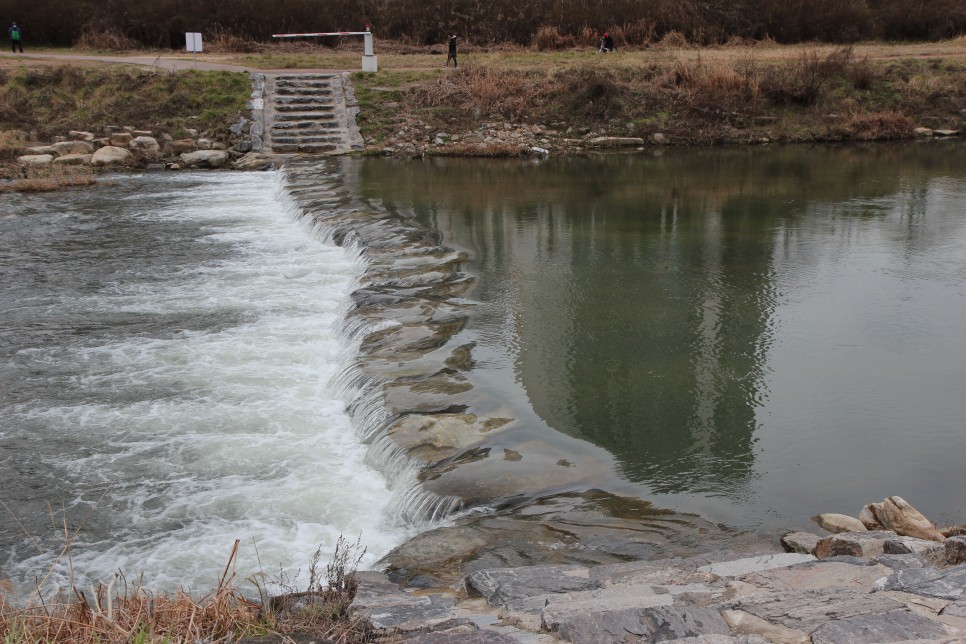
What memories come to mind when you think of the First Full Moon? Perhaps cracking nuts or playing with fire, reminiscent of childhood?
I personally feel a bit sad when I see the customs of the First Full Moon, a major holiday in our country, slowly disappearing. Wanting to show our children these fading seasonal customs, I attended the First Full Moon ritual at Mangwol, which took place at the Samcheon riverbank playground in Jeonju last Saturday, the 24th.
It would have been better if the weather had been clear to allow for a view of the full moon. Despite the cloudy sky and rainfall throughout the day, the event fortunately went well.

The First Full Moon is celebrated on the 15th day of the first lunar month, marking it as one of Korea’s traditional holidays. It celebrates the new year’s start and wishes for a year filled with abundance and happiness. The event lasted from 2 PM to 8 PM, with the moon house burning starting at 6 PM. The riverside playground was visited by many people from early on.

The 2024 Jeonju Kite-Flying Experience and First Full Moon ritual at Mangwol included activities such as folk game kite flying, sharing of five-grain rice, a joint ritual performance, burning of the moon house, and a community square. In addition, from February 19th to 24th, there was a New Year’s courtyard stepping event in the Jeonju Kite-Flying Play heritage village.
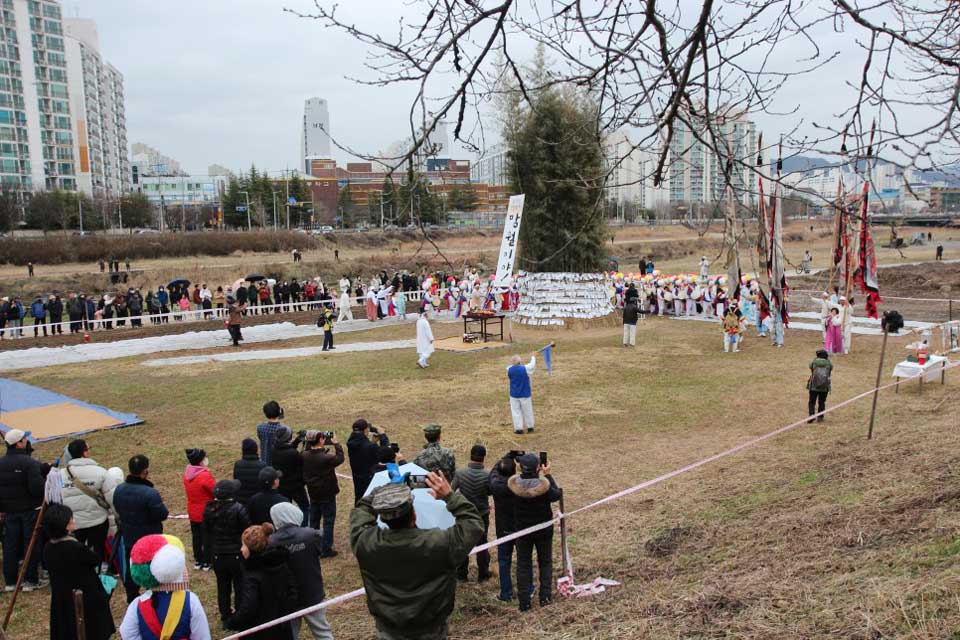
The brightest moon of the First Full Moon offers a time to share meaningful moments, enjoying various events and games with family and friends under the bright moonlight. A moon house, constructed by tying and stacking bamboo branches, was prepared at the riverside playground.

Wishes written on papers were seen hanging on the moon house. I also had the experience of writing down wishes with my children.
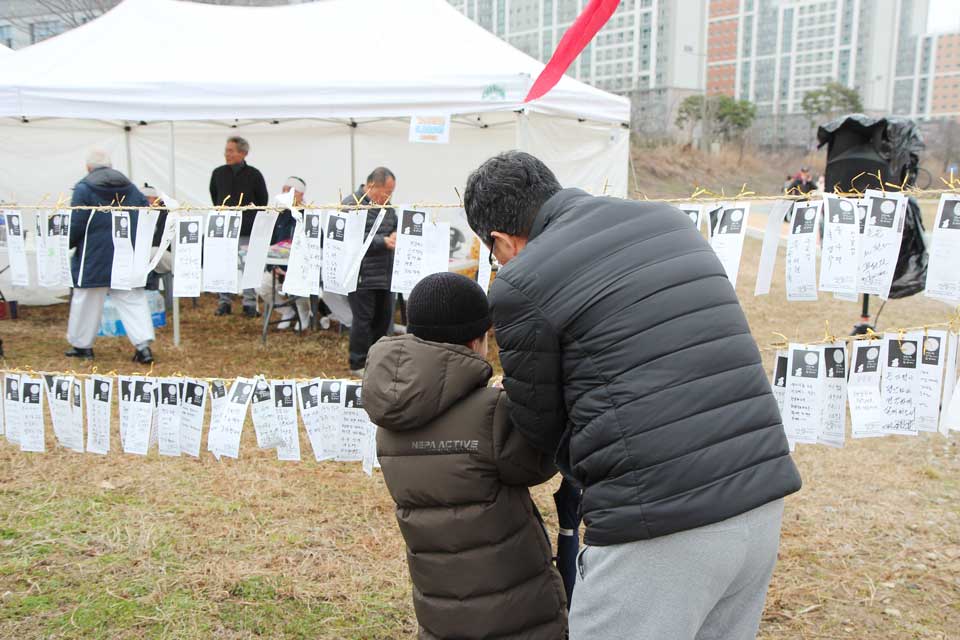
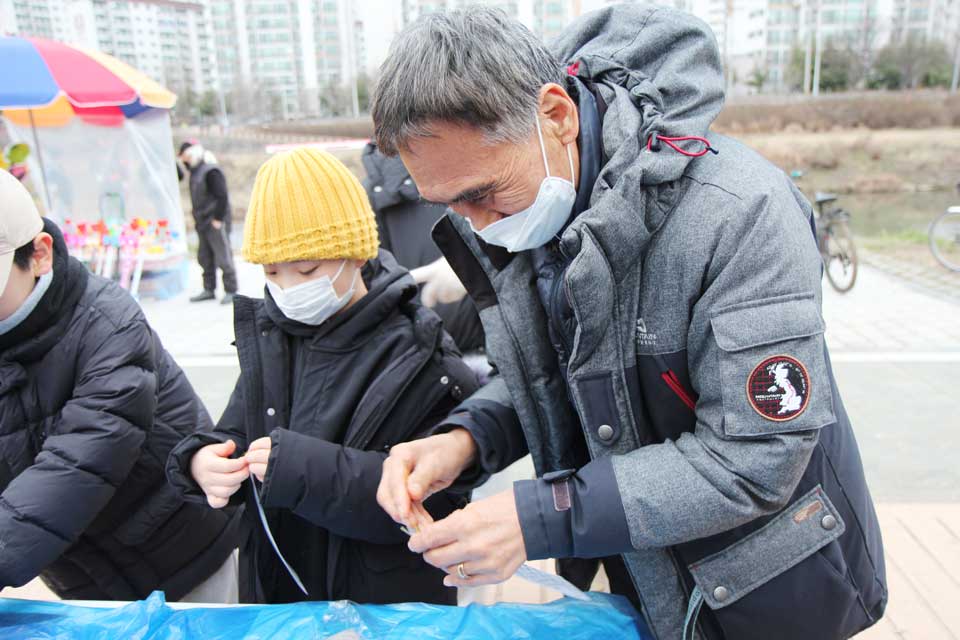
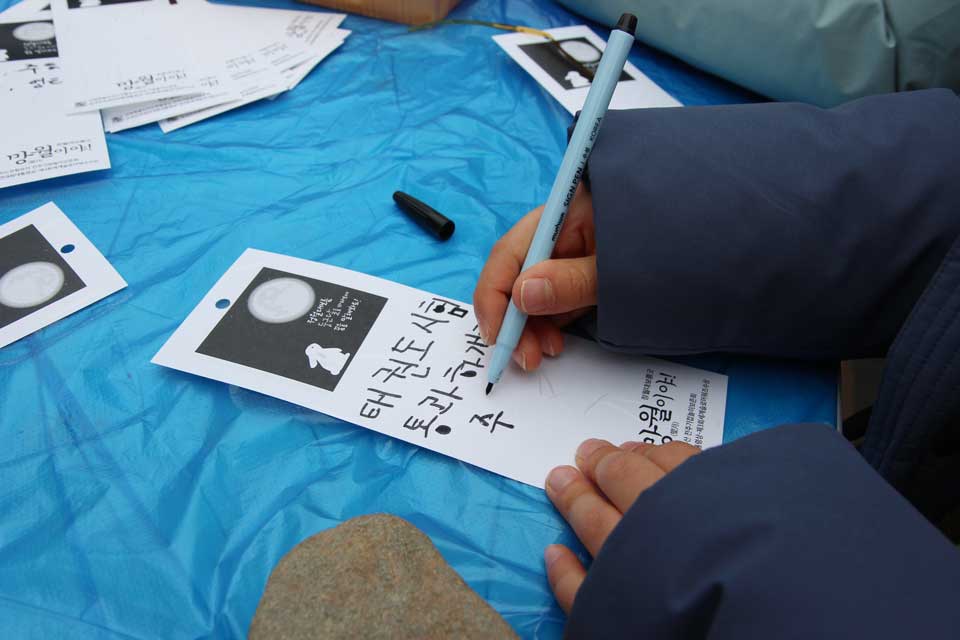
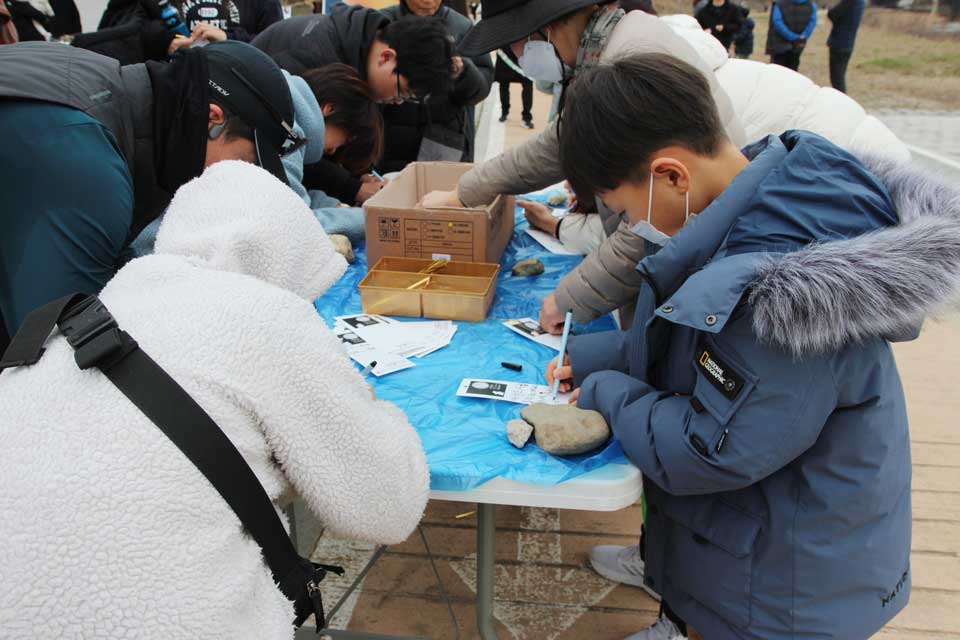
My kid wished to pass the taekwondo promotion test. Everyone, adults and children alike, carefully wrote down their heartfelt wishes, letter by letter.
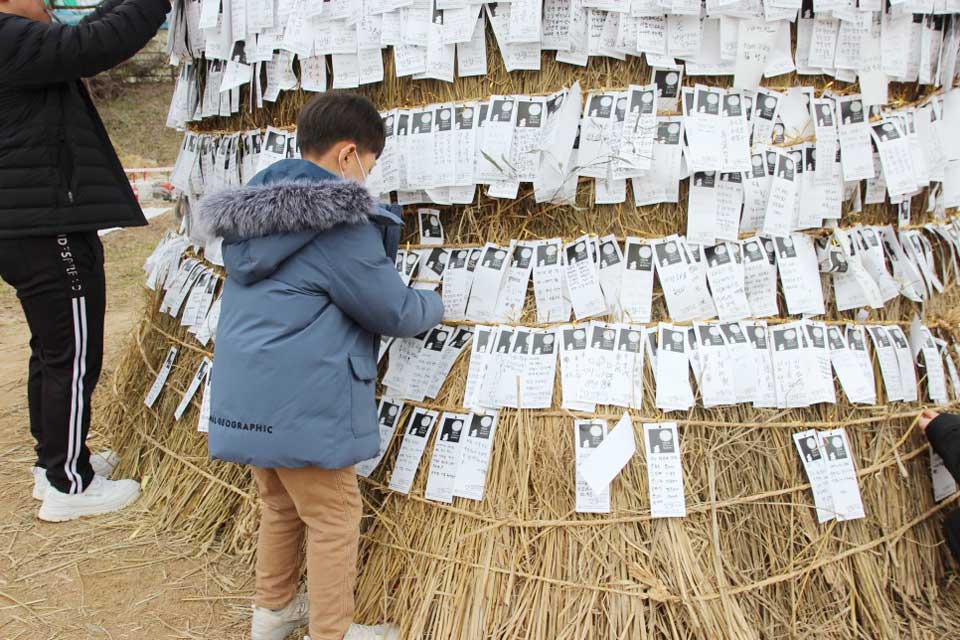
Holding our wish papers filled with earnest hopes, we tie them to the moon house, already packed with others’ wishes. It’s touching to see that many wishes are for the health and happiness of their families.
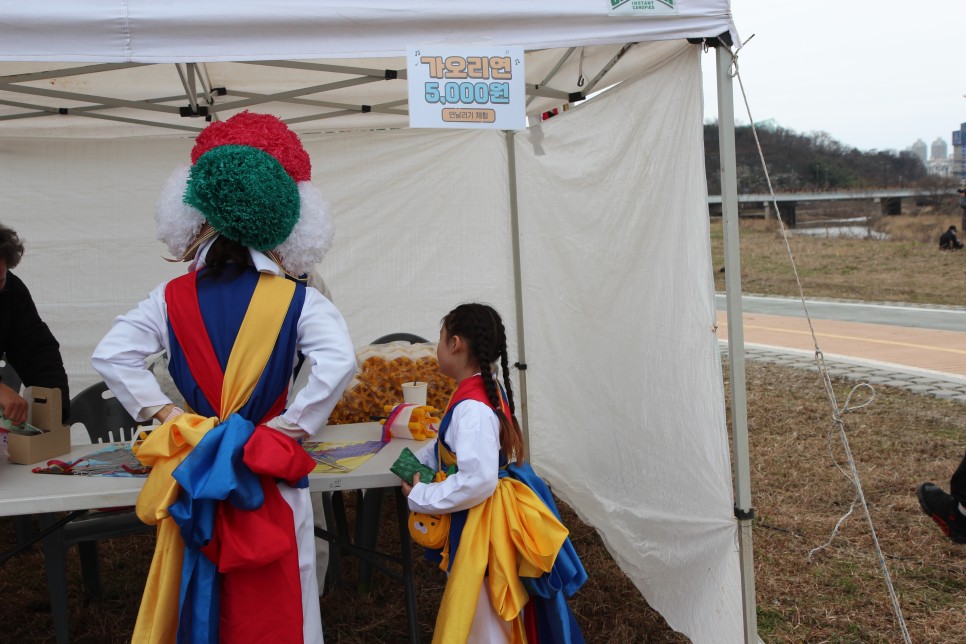

Kite flying is an essential part of the First Full Moon festival.
It’s probably the favorite activity for many kids. The tradition behind the kites is interesting: they are thought to ward off bad luck. By letting the kite fly away after cutting its string, it symbolizes sending away misfortune. People even used to write their names and birthdates on the kites.
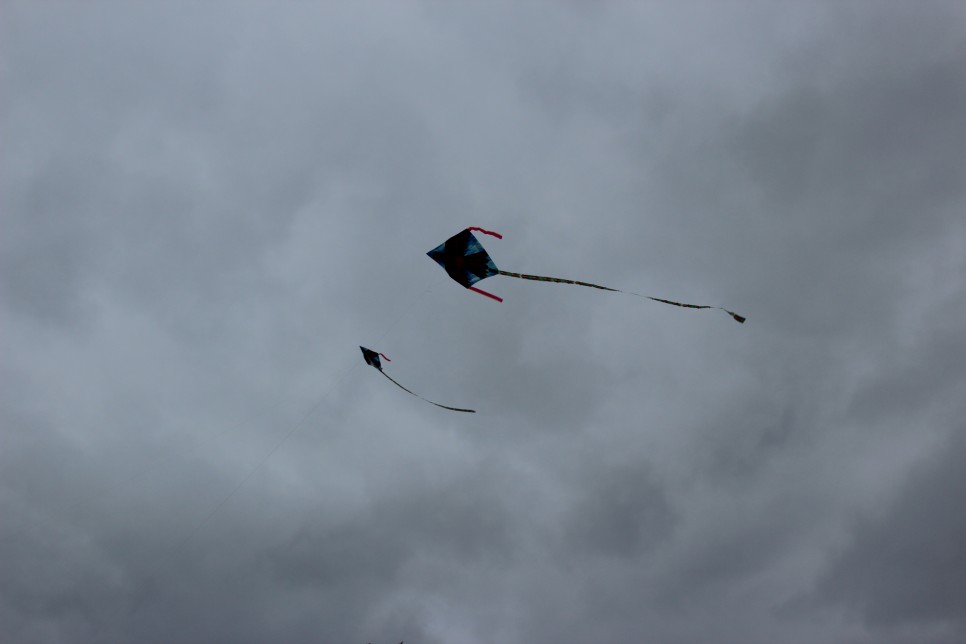
With the wind blowing strongly, it was the perfect day for kite flying. Even though it looked like it might rain any minute, the fun of flying kites couldn’t be stopped. We flew our kites high, hoping to send away bad luck and wish for good fortune.

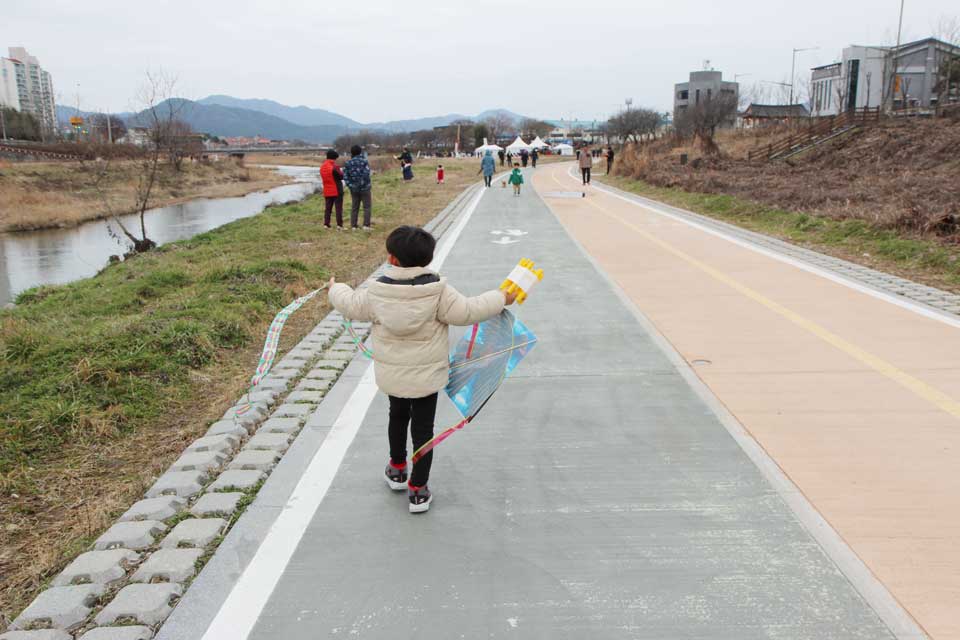
Children, with their tiny hands, were seen eagerly flying kites with adults. A family mentioned how amazing it was to fly kites by the river, especially with the wind making the kites soar better than expected, which also made the adults feel more joyous.
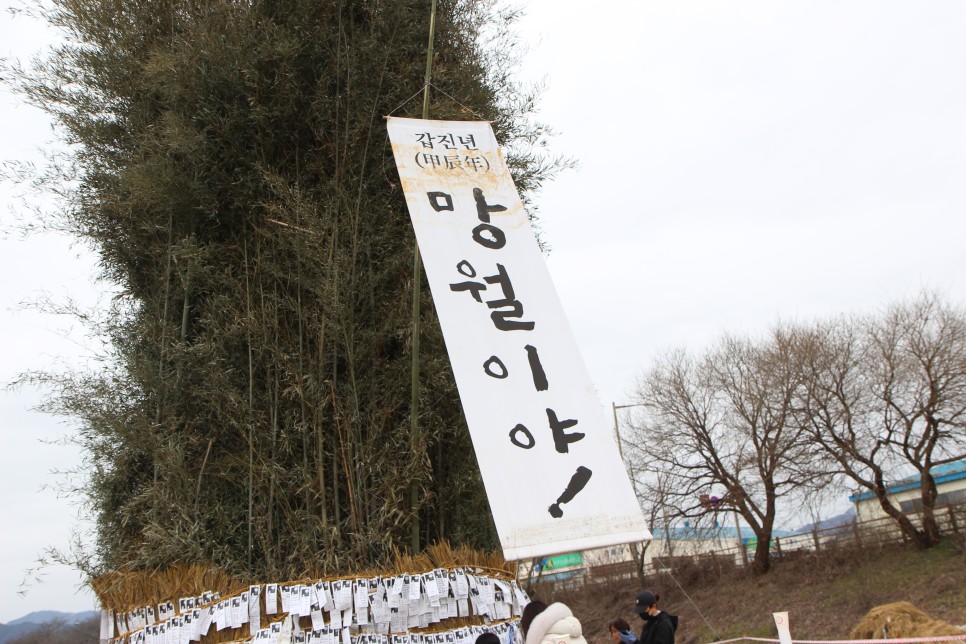
Do you know what “Mangwol” means?
“Mangwol” refers to the bright, full moon that appears on the night of the lunar full moon.
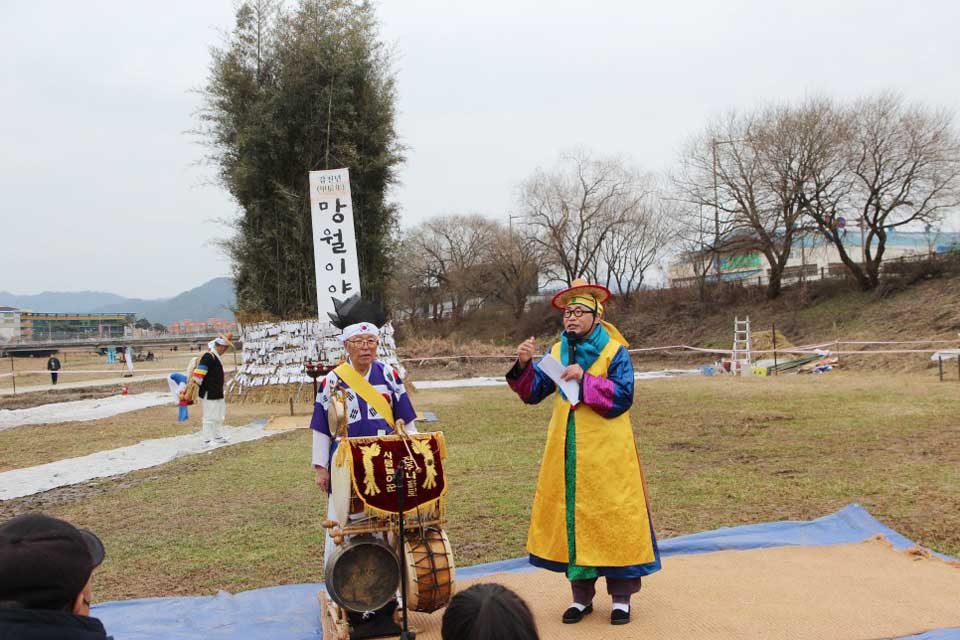
The atmosphere was made even more lively with traditional performances by elders and famous folk singers. Singing “Look at me, look at me, just like looking at the flowers on the winter solstice~” everyone joined in singing “Arirang” with great joy.
As a reward, those who sang loudly and with great joy were treated to ear-brightening liquor, traditionally consumed on the Full Moon, as a special gift.
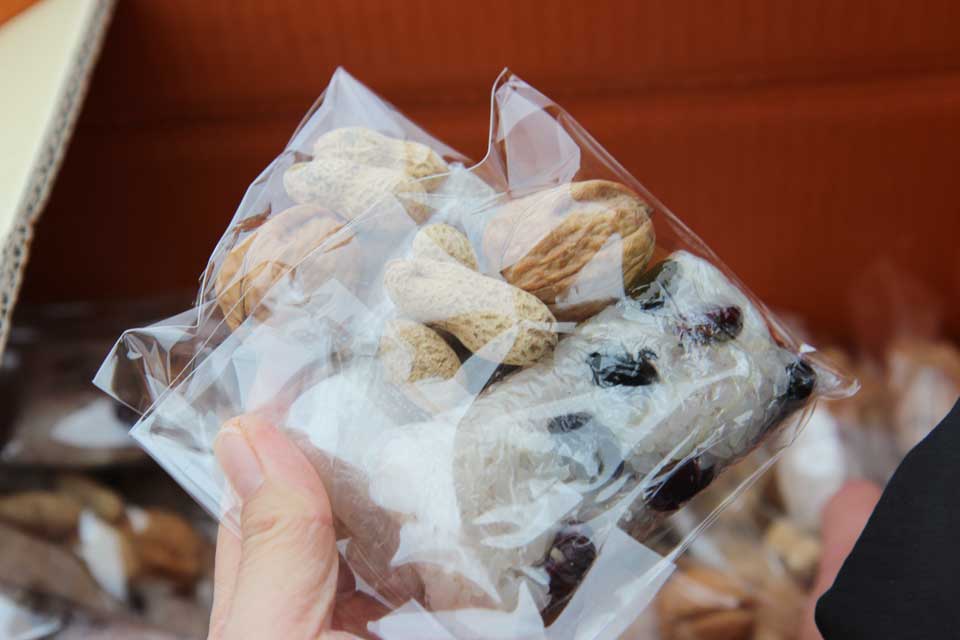
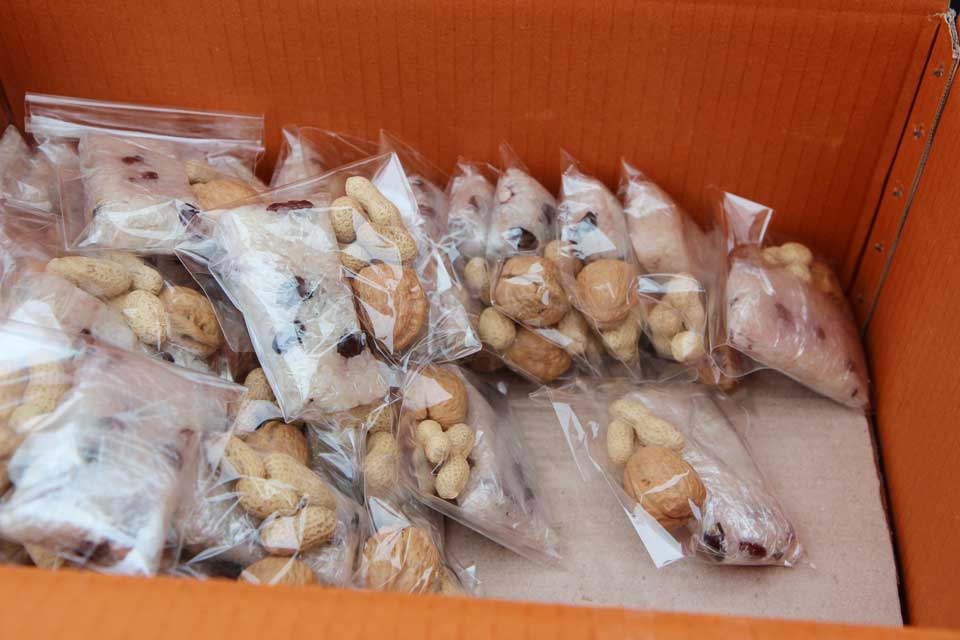
At the event, the staff shared Full Moon Festival foods with everyone. They prepared sweet rice, walnuts, pine nuts, and peanuts for cracking, which are traditional snacks for the occasion. On the day of the Full Moon, it’s a tradition to wake up early and crack these hard-shelled nuts, equal to your age, wishing for a year without misfortunes and skin issues.
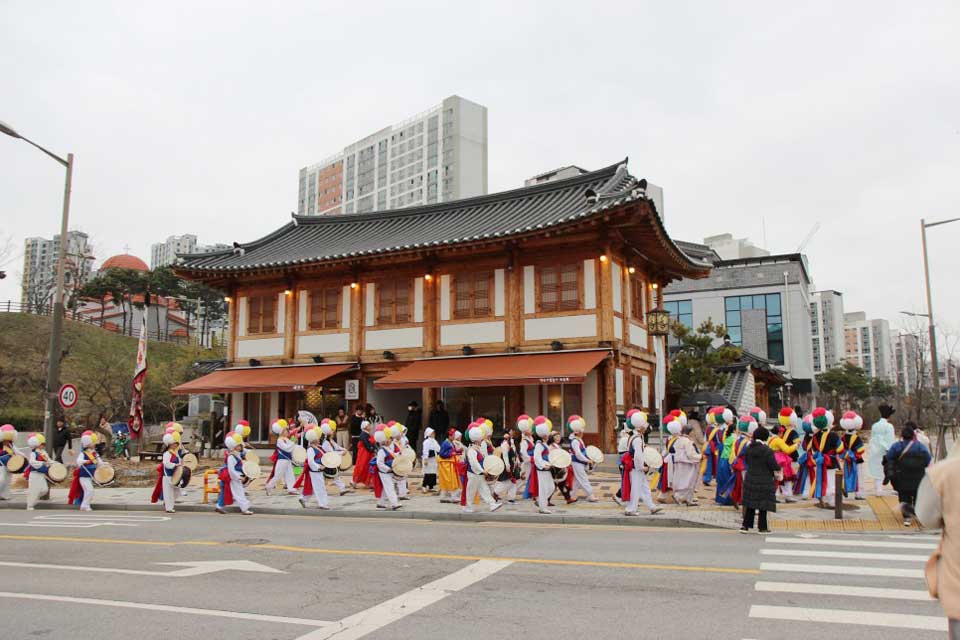
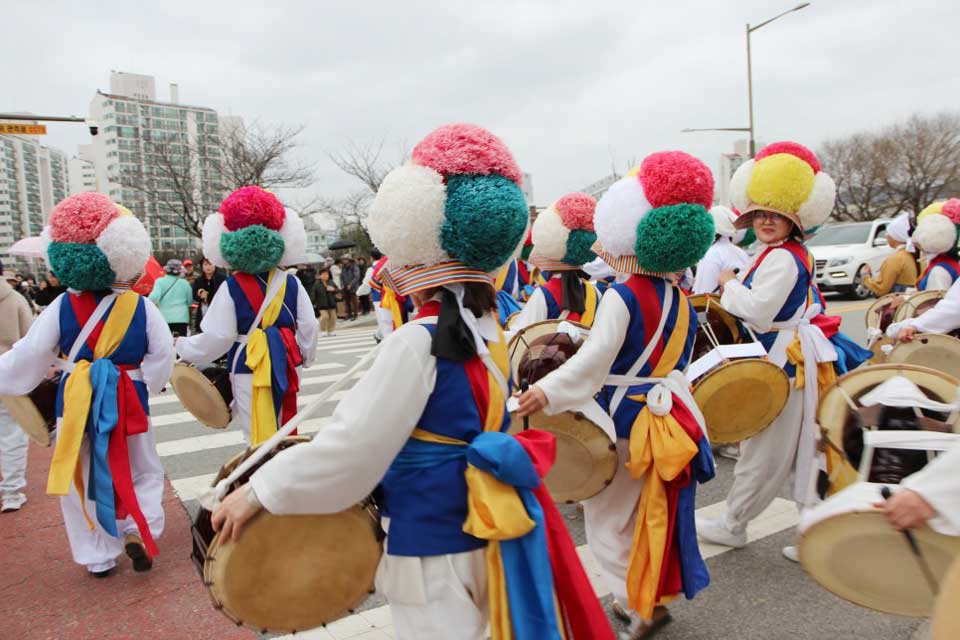
The parade, led by a traditional drum and folk music group, began at the Jeonju Kite-Flying Experience Learning Center. The vibrant music caught the attention of people passing by, who stopped to watch as the crowd followed the music troupe to the playground where the ritual burning of the moon house took place.
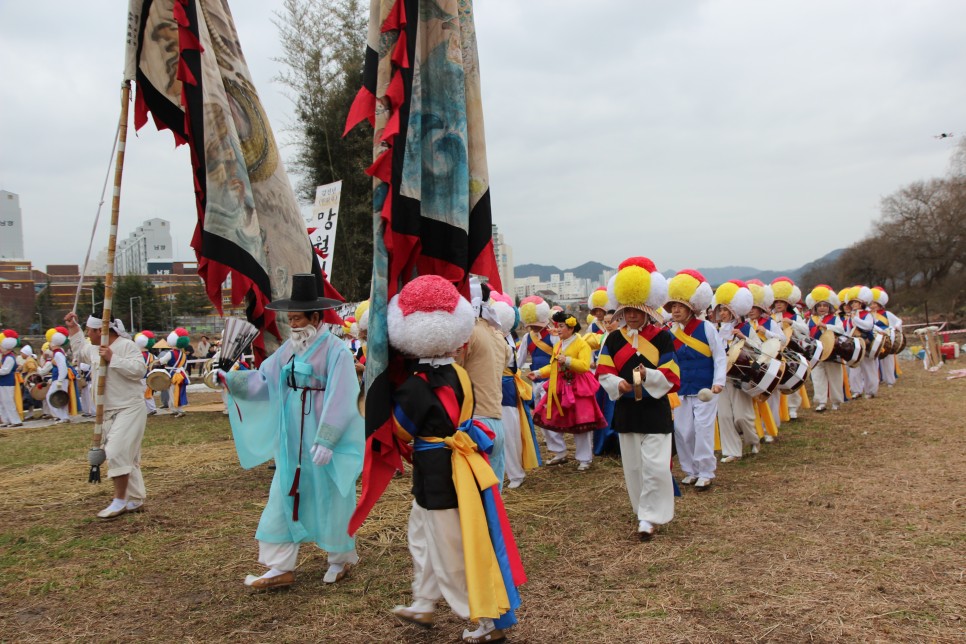
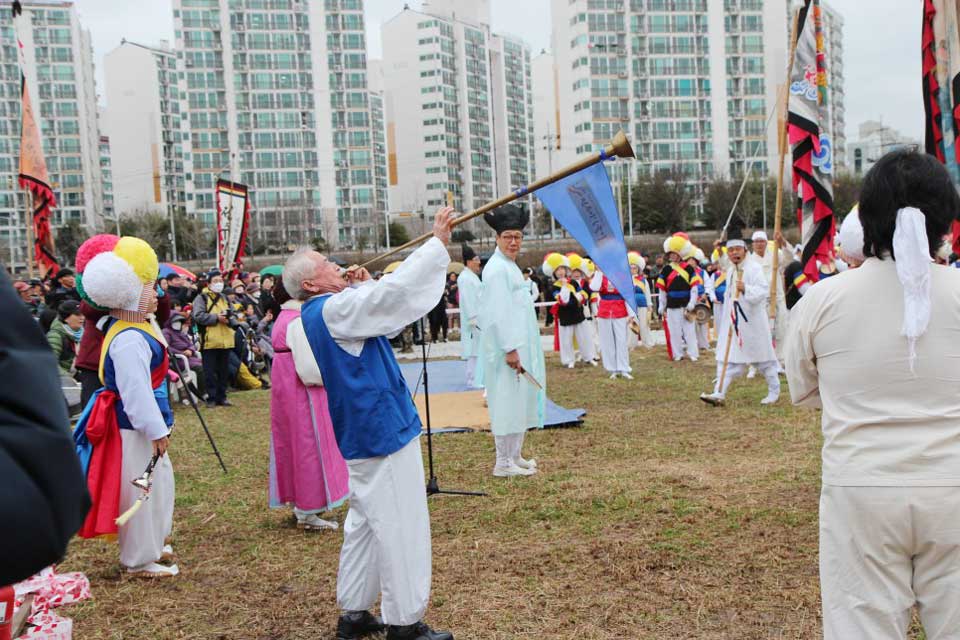
This procession ended at the playground, where the Jeonju Hanok Village event unfolded. Here, the Jeonju Kite-Flying play was performed, vividly bringing to life the traditions of one of Korea’s iconic folk festivals.
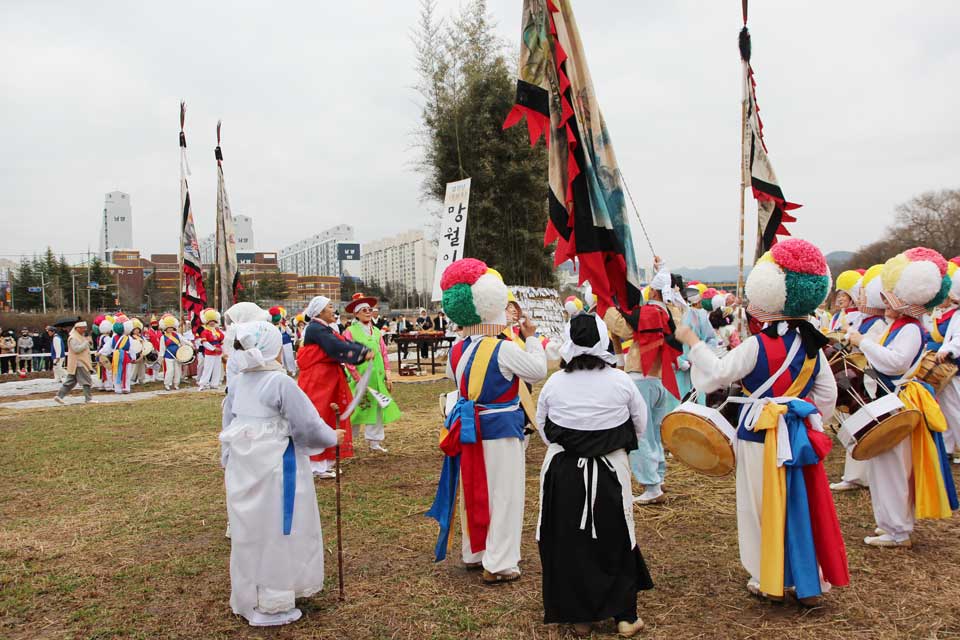

The performance, filled with cultural significance, starts with a competition between villages to establish a bond of brotherhood, showing everyone coming together in unity. It’s a key part of the folk games of North Jeolla Province and is considered a pride of Jeonju traditional culture.
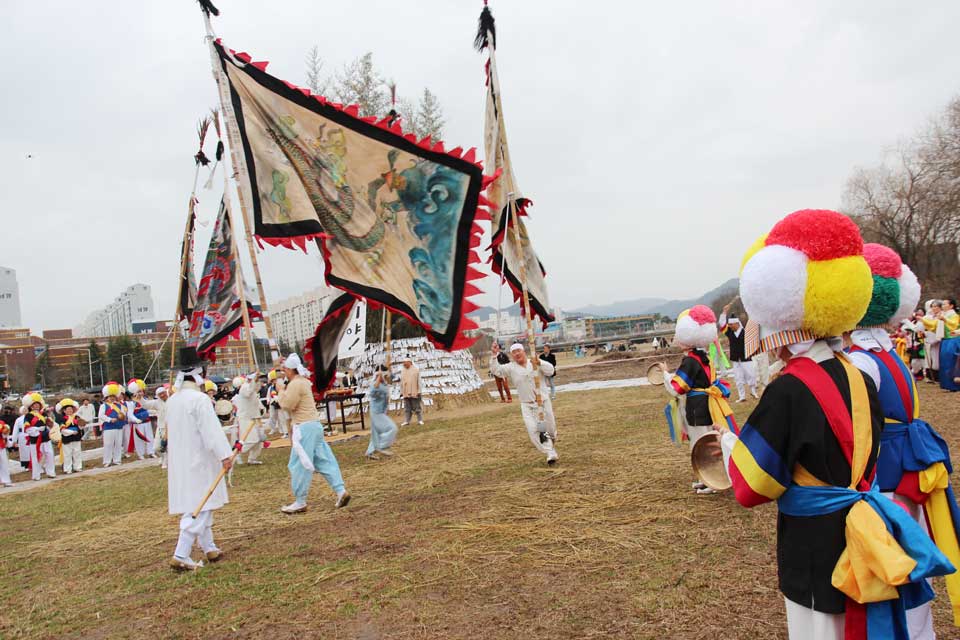
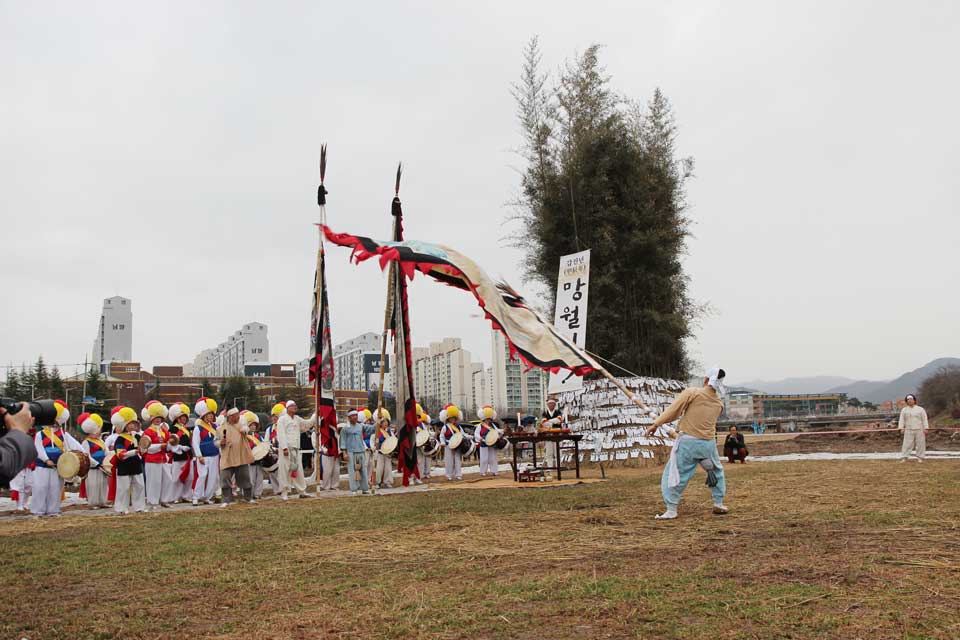
The Jeonju Kite-Flying Play has been a part of this area’s cultural heritage for centuries, involving Gyeryongri Hamddi, Yongsan, Jeongdong, and Bia villages. For 28 years, these communities have worked together to keep the tradition of the Full Moon Festival alive, making it a significant seasonal event that continues to be celebrated.
In 1998, the local residents started a preservation society, leading to the formal conservation of these traditions. In 2016, the festival won the Presidential Prize at the 57th Korean Folk Art Festival, and by 2018, it was recognized as an intangible cultural heritage of North Jeolla Province. The sight of a flag with a blue dragon, symbolizing the year of the Blue Dragon, waving powerfully is impressive.
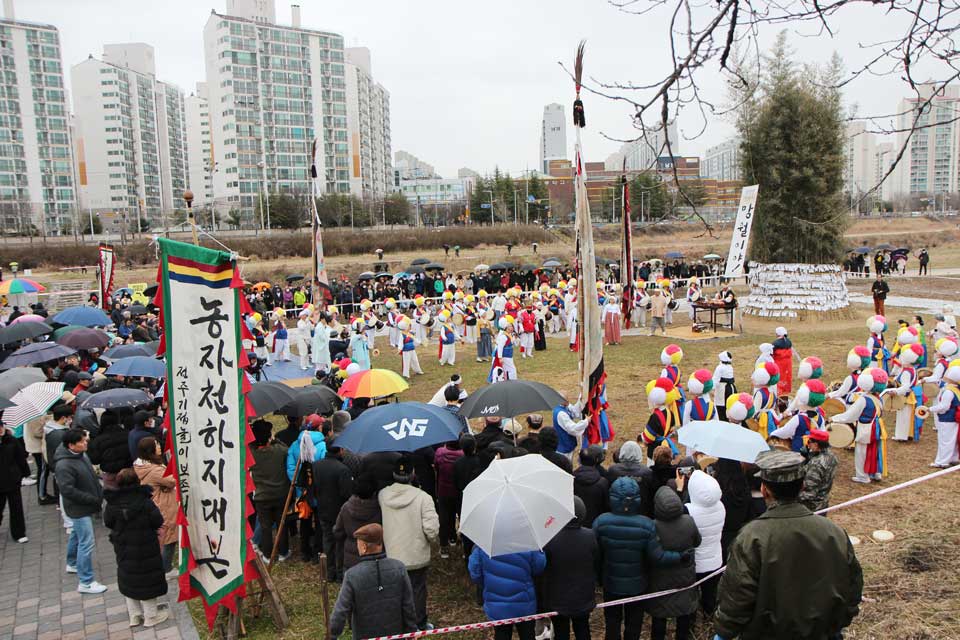
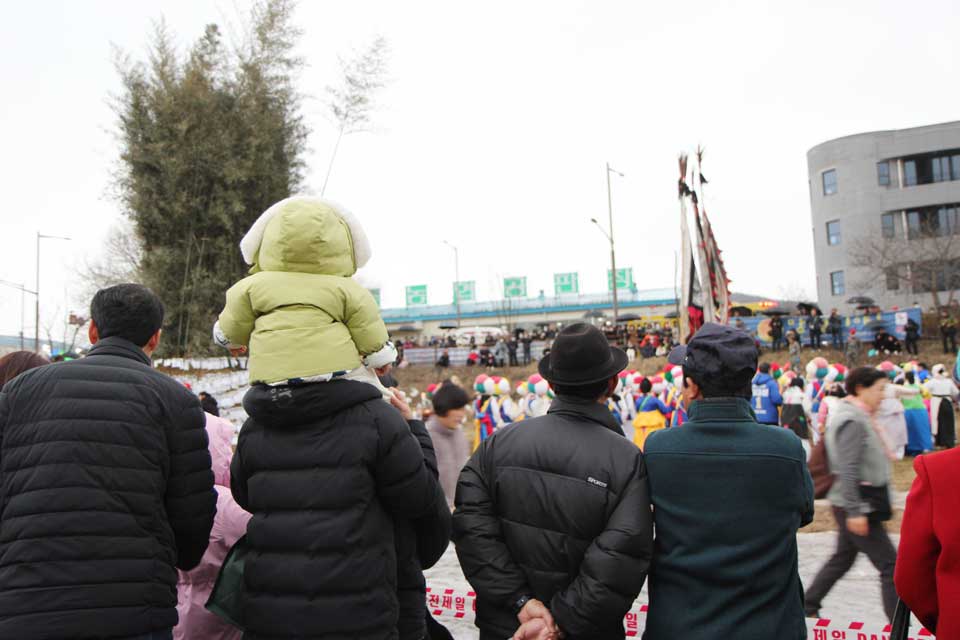
Feedback from citizens who participated in the Full Moon Festival was also collected. When asked about their wishes, the unanimous response was health for themselves and their families, and for their children to live without difficulties.
One grandfather from Jeonmi-dong expressed his satisfaction by saying, “I’m so glad I came, it was fantastic!” Like many others, his wish focused on the prosperity and happiness of his children.
I hope that 2024 will be a year where everyone stays healthy and sees all their wishes come true.
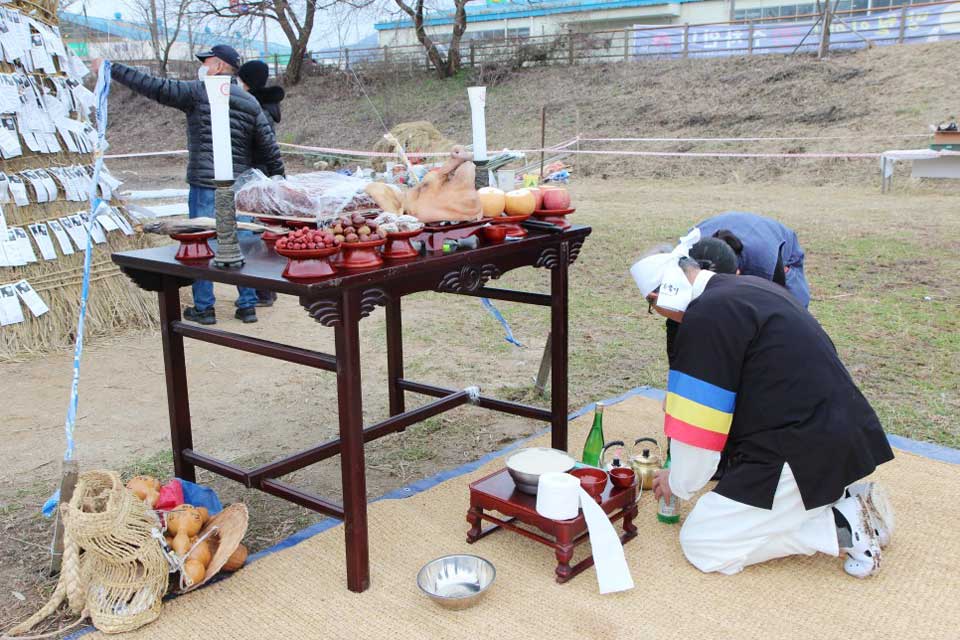
This reflects the desire for the event to end without any issues and describes the preparation of special rice cakes mixed with grains for a ritual offering to our ancestors.
The ritual is meant to notify the heavens and the earth about the day’s event, ending with the lighting of a bonfire. This occasion serves as a reminder to appreciate the heavens and earth anew, with citizens sharing their thoughts through a simple bow.

Despite the increasing intensity of the rain, people stayed put, waiting to witness the highlight of the First Full Moon: the burning of the moon house.
It was initially planned to light the moon house when the moon rose, but due to the rain, the decision was made to light it sooner than expected. The event began with the lively sound of traditional Korean instruments, and the burning of the moon house commenced as people holding torches formed a circle.
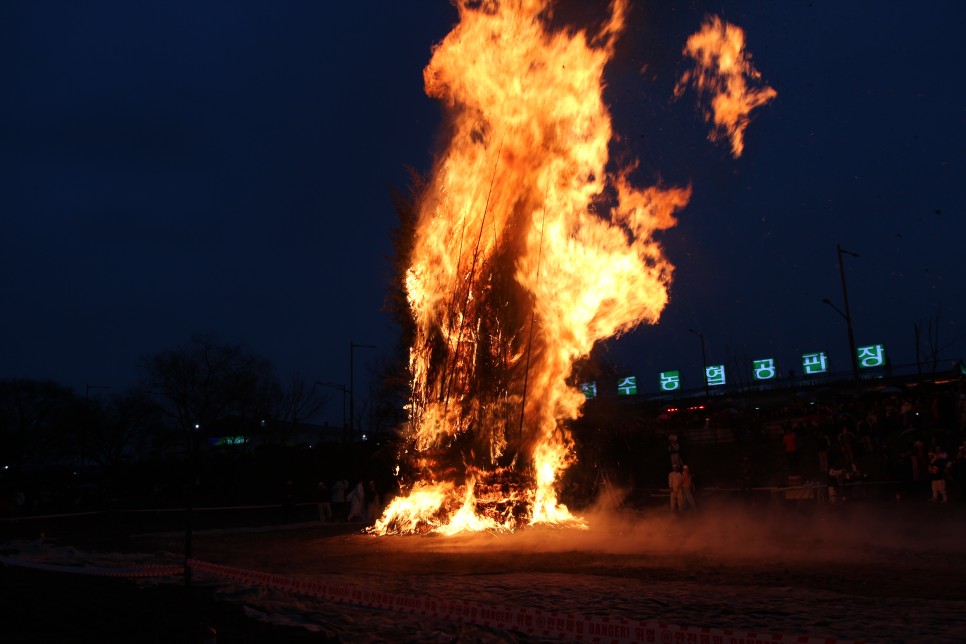
When the torch-bearing procession finally lit the moon house, it quickly went up in flames.
As the moon house burned, people loudly exclaimed “Mangwoliya,” wishing deeply for their desires to be fulfilled.
With the crowd’s cheers and as the moon house glowed brightly red, onlookers hoped that all misfortune and worries would be sent away into the sky, wishing for a year full of blessings. In the past, it was said that large and high flames from the moon house burning were seen as a sign of a bountiful year to come.
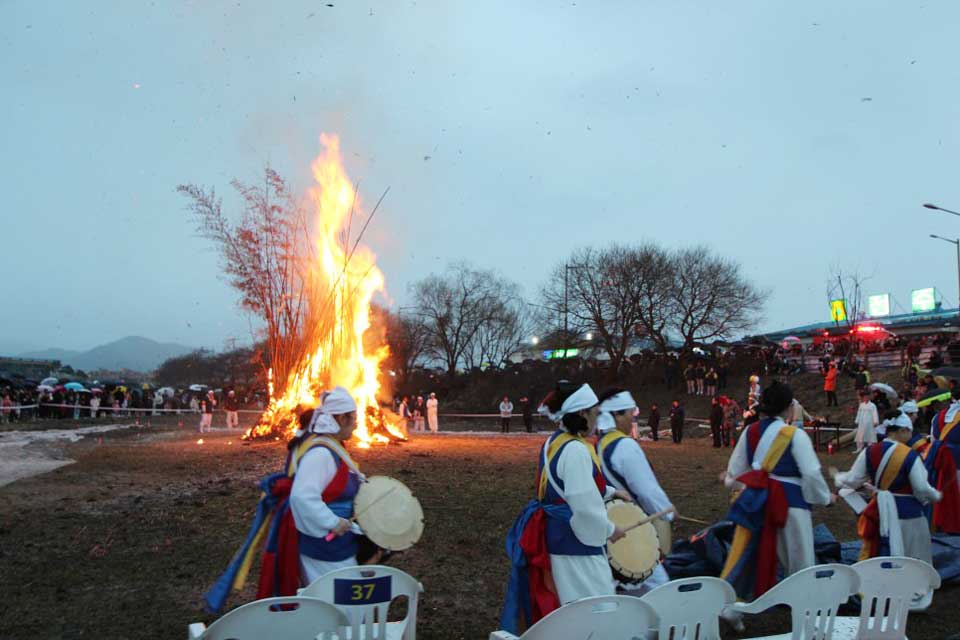
The event wrapped up with a communal gathering, where all citizens and traditional music bands walked around the moon house, singing and dancing hand in hand, coming together in spirit for a final communal moment.
There was a bit of disappointment that the rain prevented burning the moon house under the full moon. However, it was still a meaningful and significant event for the First Full Moon, bringing people together to wish and pray for the new year’s wellbeing.


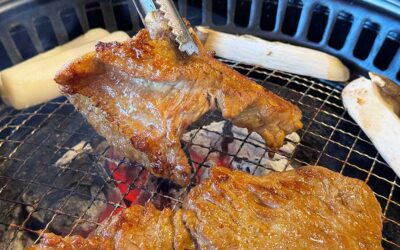
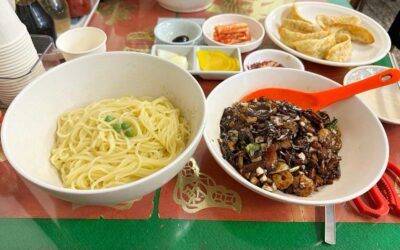
최신 댓글